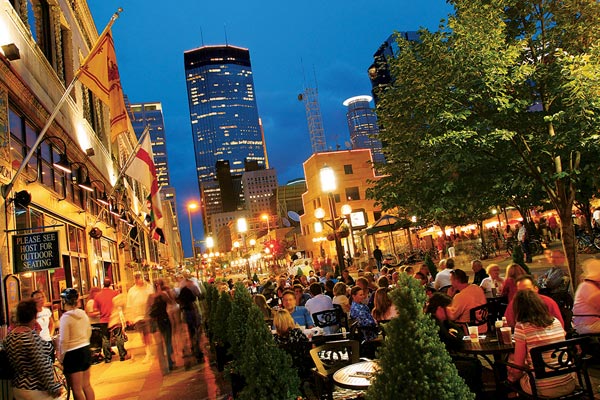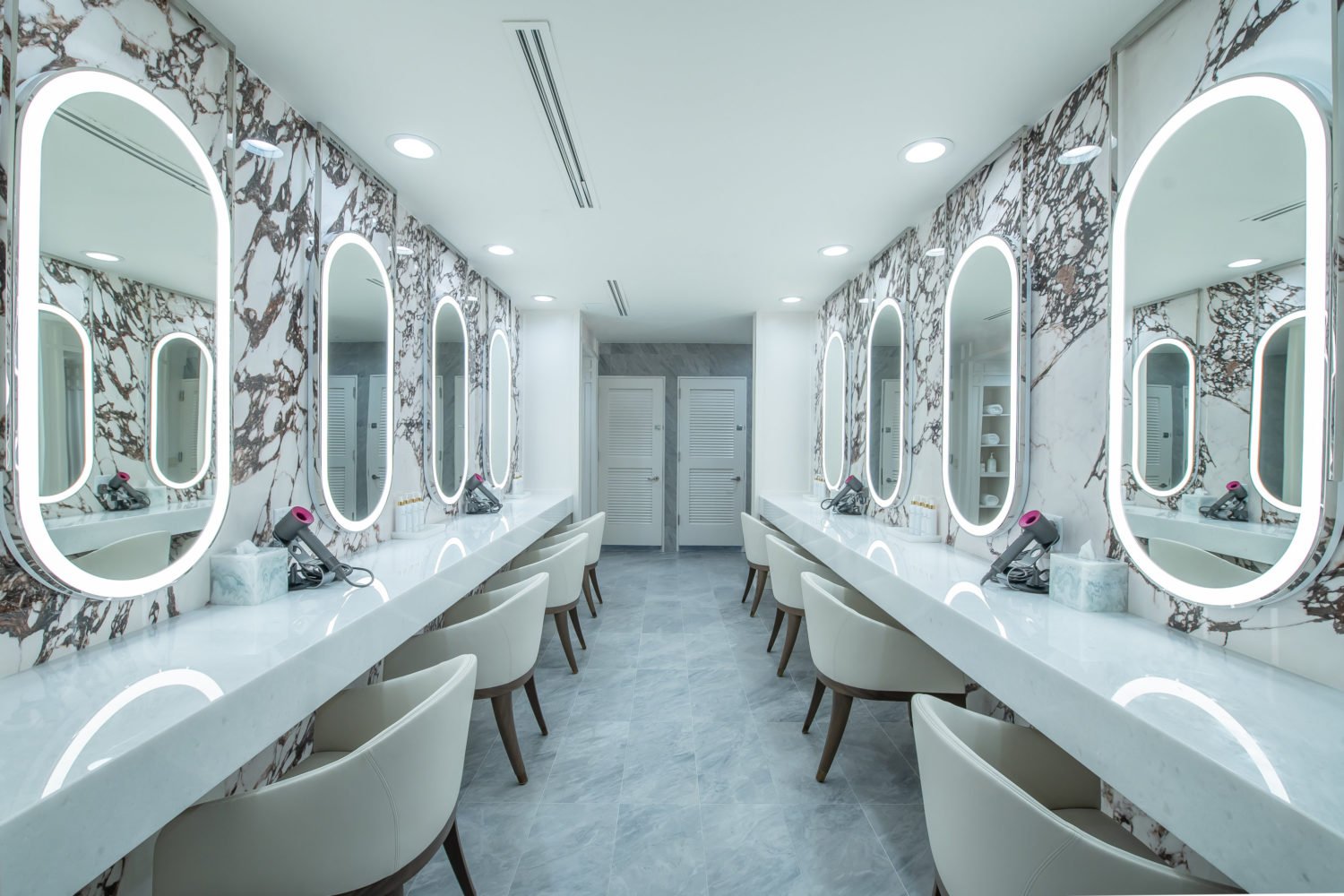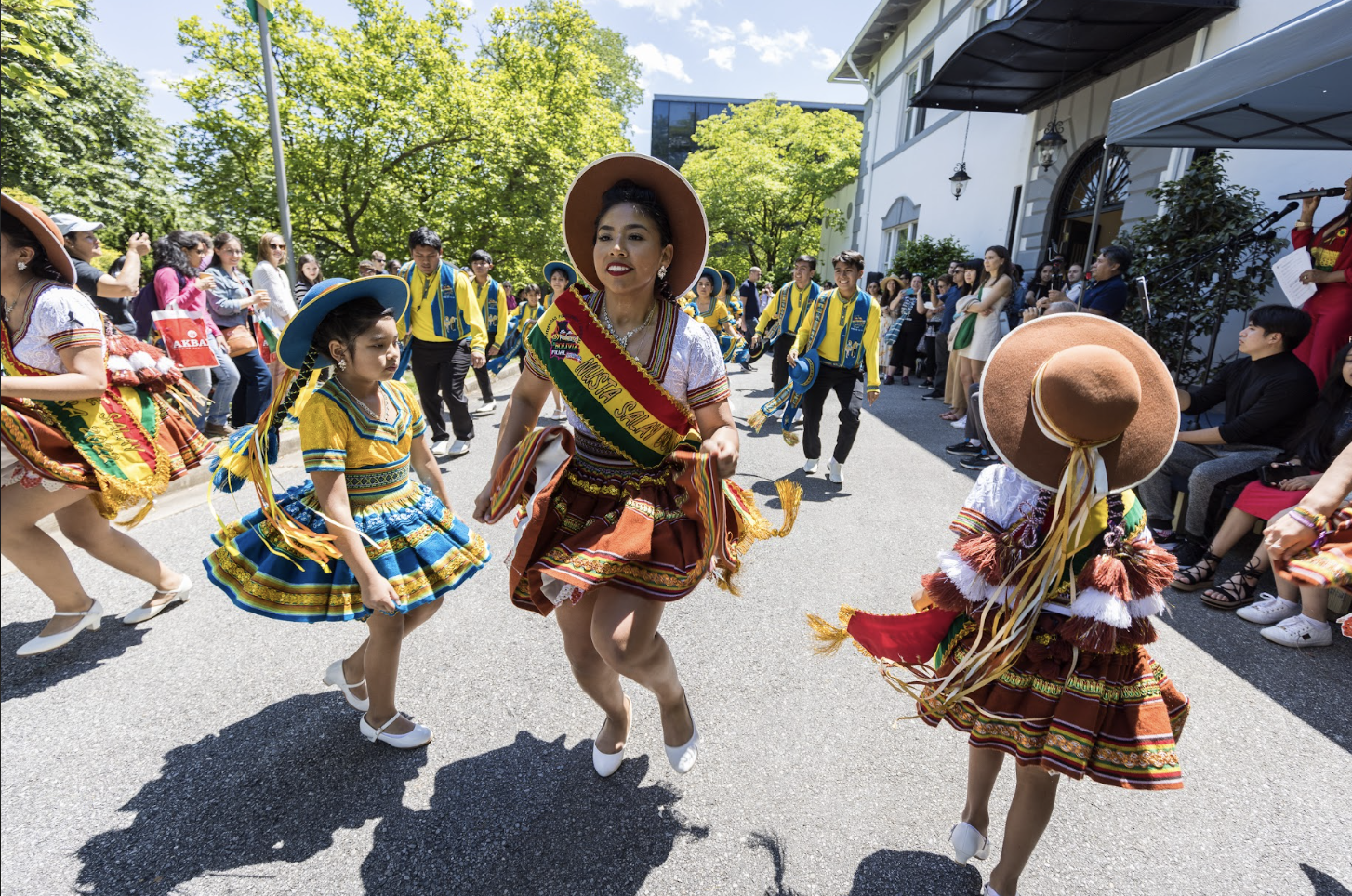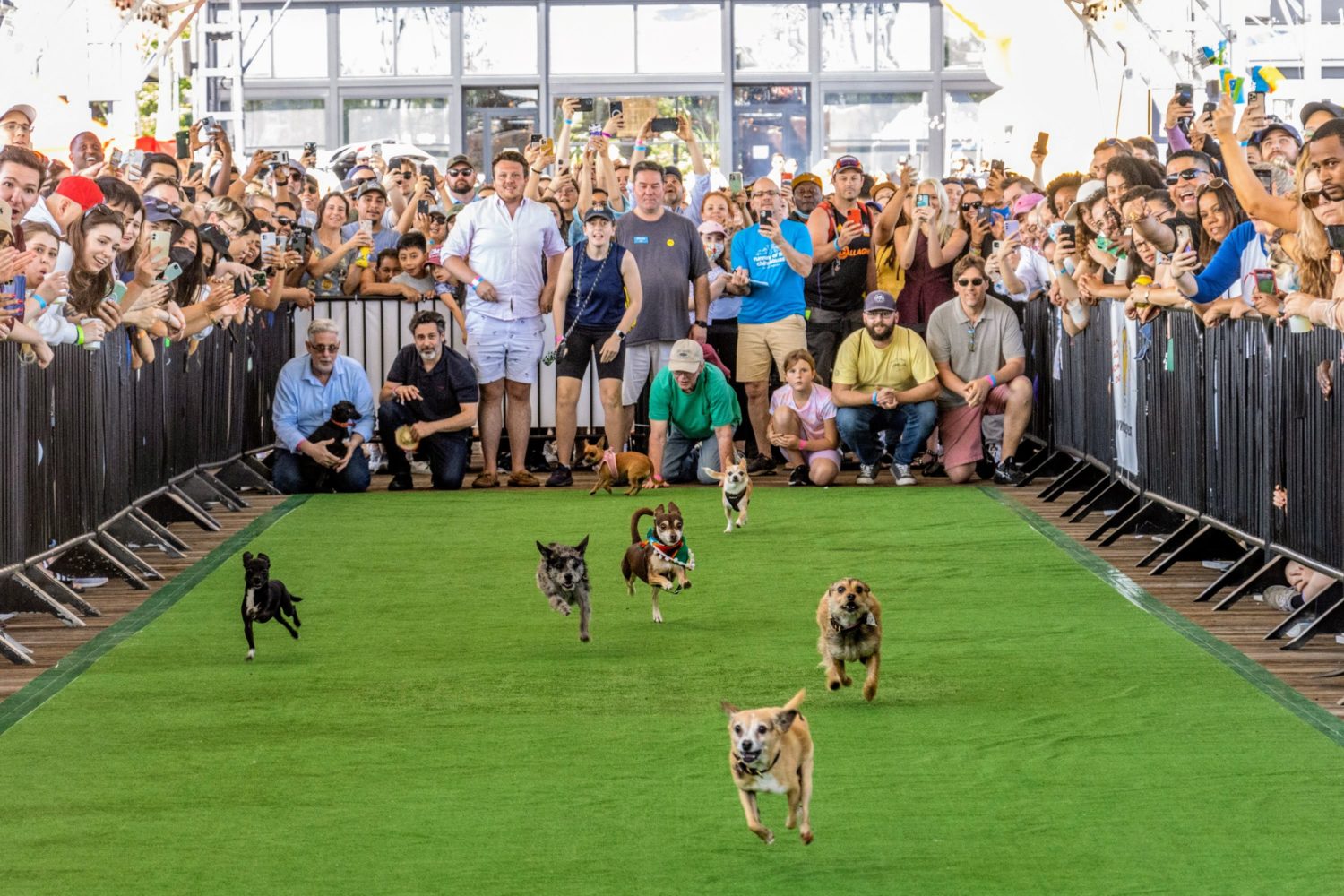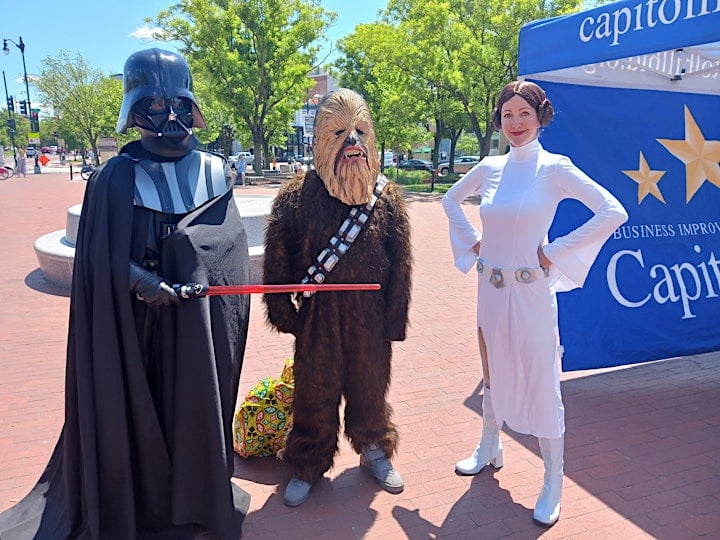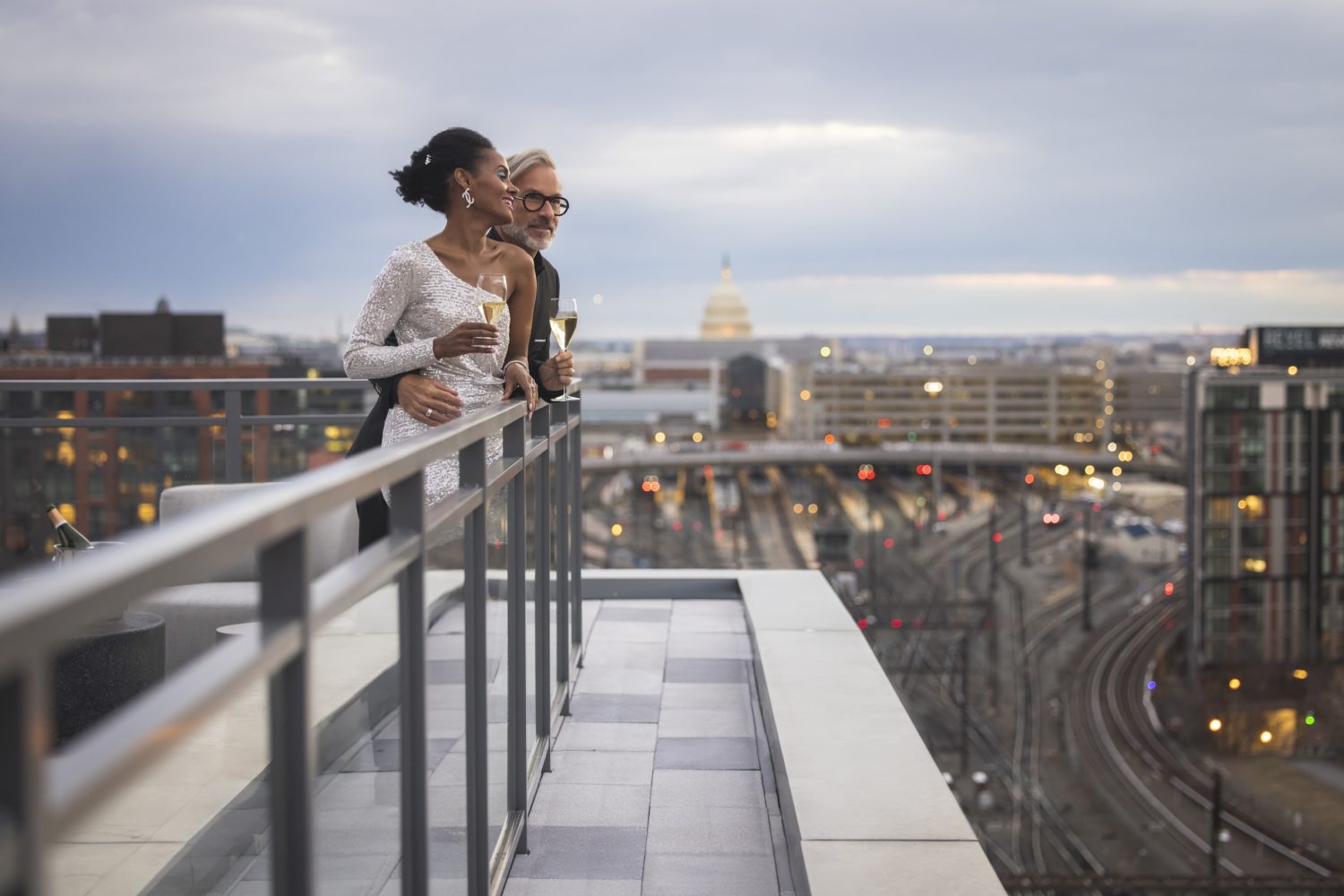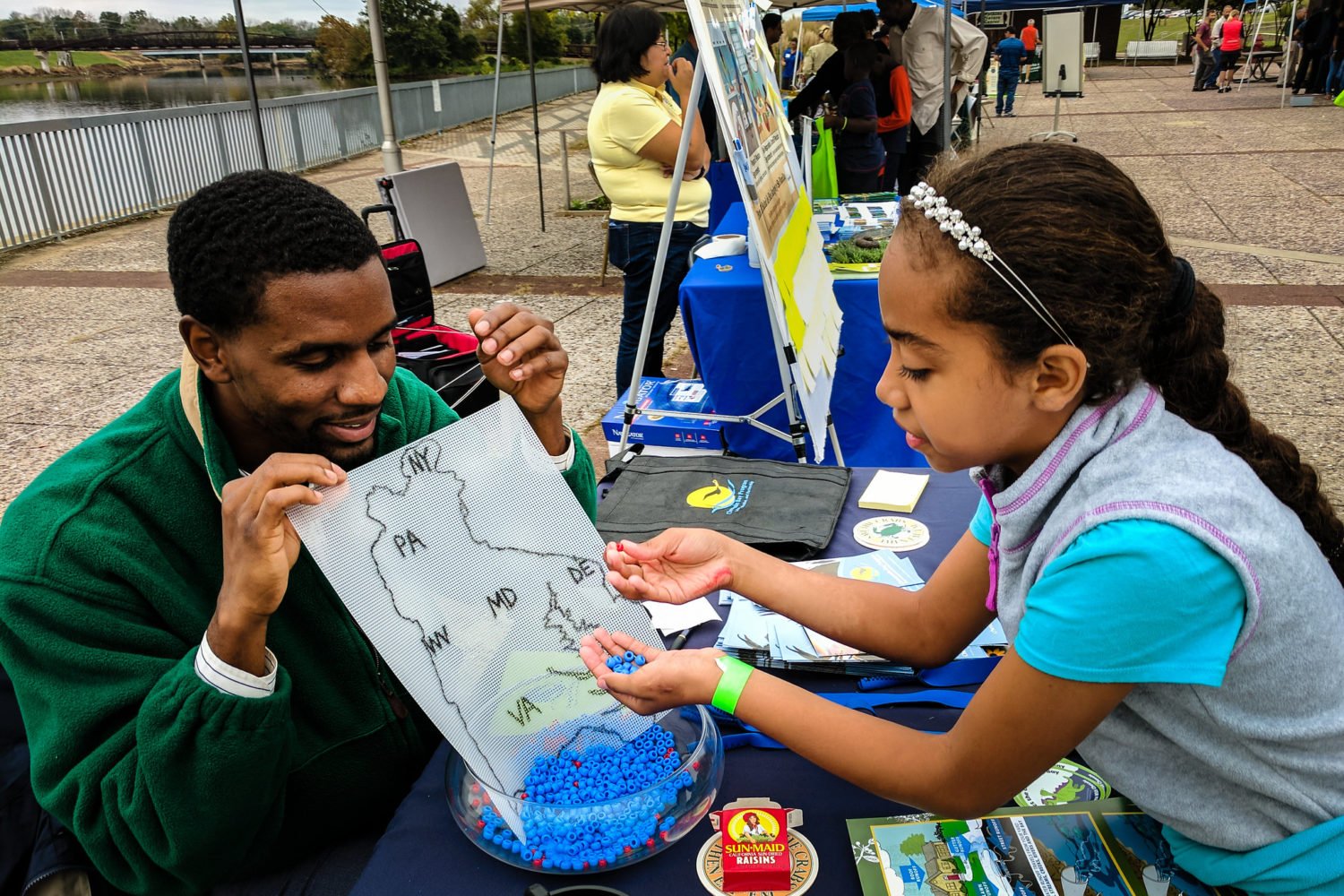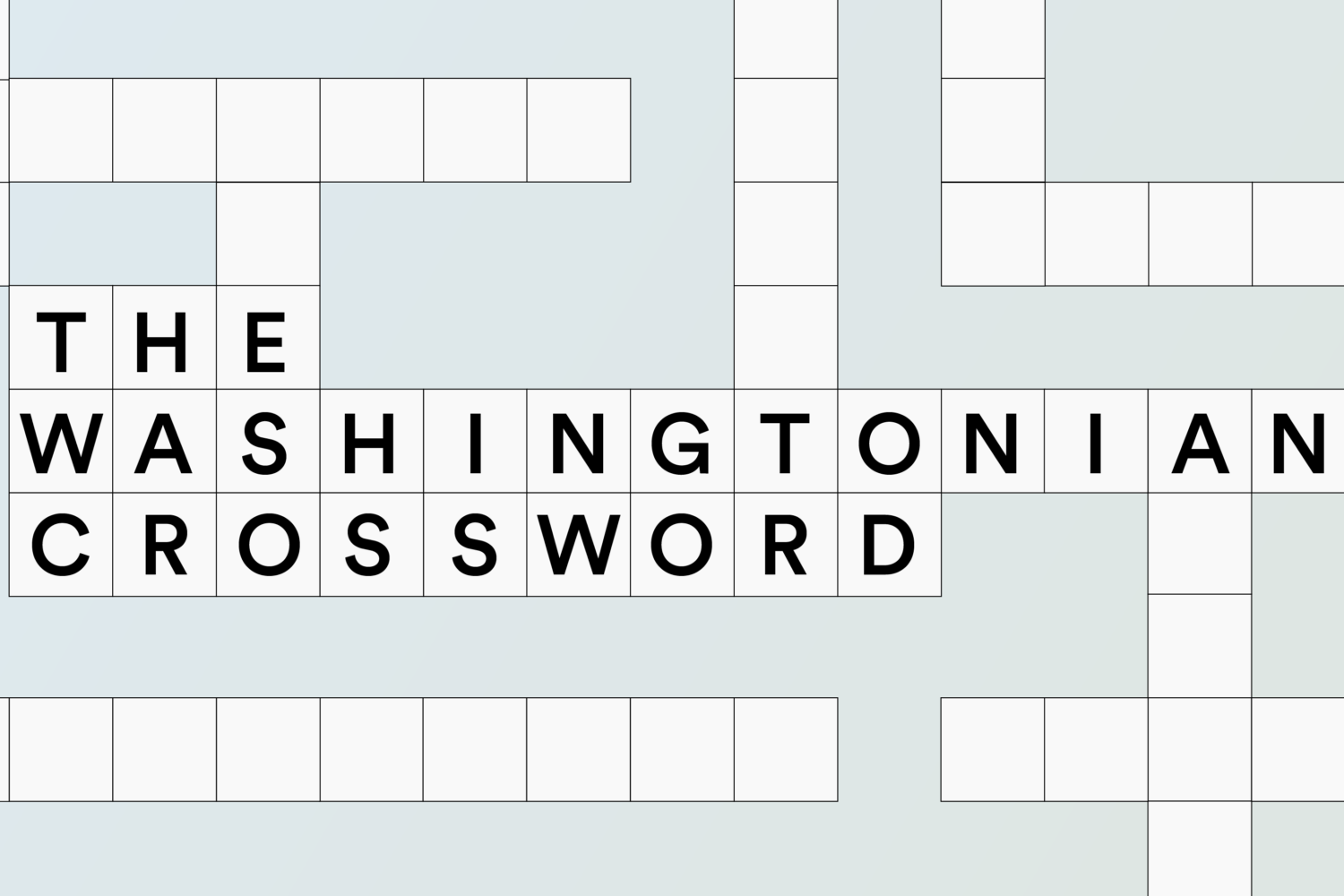WHY NOW
In summer, Minneapolis is an outdoor playground, and natives happily trade scarves for sunscreen as they water-ski on the city’s 22 lakes, pedal along nearly 50 miles of paved bike trails, and hike through shady woods to 53-foot Minnehaha Falls. It’s long been a Midwestern arts-and-music destination—Prince got his start there, and Frommer’s says the city has more theater seats per capita than anywhere else outside New York City.
We used personal experience, input from locals, and Minnesota senator Al Franken’s favorites for our guide to the city.
WHAT TO DO
If only for the space-age architecture, every tourist should schedule a visit to the blue-steel-wrapped Guthrie Theater (818 S. Second St.; 612-377-2224). Broadway buffs can watch a performance—the summer schedule includes A Streetcar Named Desire and The Scottsboro Boys—in one of three performance spaces, foodies can dip into local celebrity chef Tim McKee’s sustainable seafood at Sea Change (612-225-6499), and everyone can take in a view of the Mississippi River from the building’s 178-foot skywalk.
Devote daylight hours to active pursuits: Rent canoes, paddleboats, and kayaks to explore Lake Calhoun and the less congested Lake of the Isles, or follow Senator Franken’s advice and bike along the banks of the Mississippi to see Saint Anthony Falls.
DON'T MISS
The Walker Art Center (1750 Hennepin Ave., 612-375-7600) is the darling of the Minneapolis art scene. Visitors can see paintings and sculptures by a who’s who of contemporary artists: Andy Warhol, Chuck Close, Pablo Picasso, Alberto Giacometti, Edward Hopper, Georgia O’Keeffe, Ellsworth Kelly, Jasper Johns, and Robert Motherwell among them. The outdoor sculpture garden—home of Claes Oldenburg’s 51-foot-long “Spoonbridge and Cherry” figure, which has become a Minneapolis icon—is an ideal place to wander in summer; through September 5, the Walker is sponsoring art discussions, a grill and bar, and other activities in its back yard. Museum admission is free Thursday night and the first Saturday of every month.
WHERE TO EAT
This is no middle-America meat-and-potatoes town—a growing group of chefs has been collecting national awards and opening restaurants on a par with cities three times the size. Franken is so enamored with the Mahnomin porridge—local wild rice creamed with nuts, berries, and maple syrup—at Hell’s Kitchen (80 S. Ninth St.; 612-332-4700) that he serves it every Wednesday at his Washington office. For proof of the city’s culinary chops, try Piccolo (4300 Bryant Ave. S.; 612-827-8111), where chef Doug Flicker’s seemingly simple small plates belie the arduous techniques behind them. In summer, the garage doors at Brasa (600 E. Hennepin Ave.; 612-379-3030) are cranked open and customers pass family-style platters of Alex Roberts’s citrus-tinged pork shoulder, spicy rotisserie chicken, and fried plantains. Long before it was in vogue to brag about it, the Broder family was rolling out fresh pasta daily—and after 15 years, Broders’ Pasta Bar (5000 Penn Ave. S.; 612-925-9202) still sits at the top of its class.
WHERE TO STAY
With a David Rockwell–designed interior and more than 200 pieces of modern art, the 60-room Le Méridien Chambers Hotel (901 Hennepin Ave.; 612-767-6900; rooms from $289) feels as if it were plucked from downtown Los Angeles. Equally modern but with splashes of color is the Graves 601 Hotel (601 First Ave. N.; 612-677-1100; from $129), a 22-story downtown high-rise. For those whose style leans more toward four-poster beds, the romantic Nicollet Island Inn (95 Merriam St.; 612-331-1800; from $169) is a cozy, riverfront B&B-like property.
This article first appeared in the July 2010 issue of The Washingtonian.

